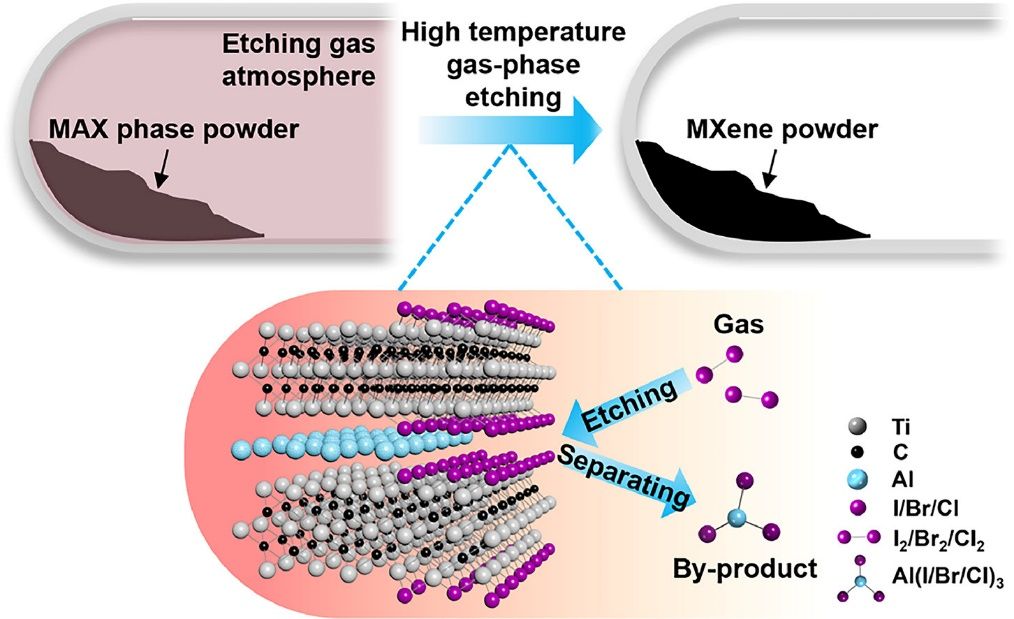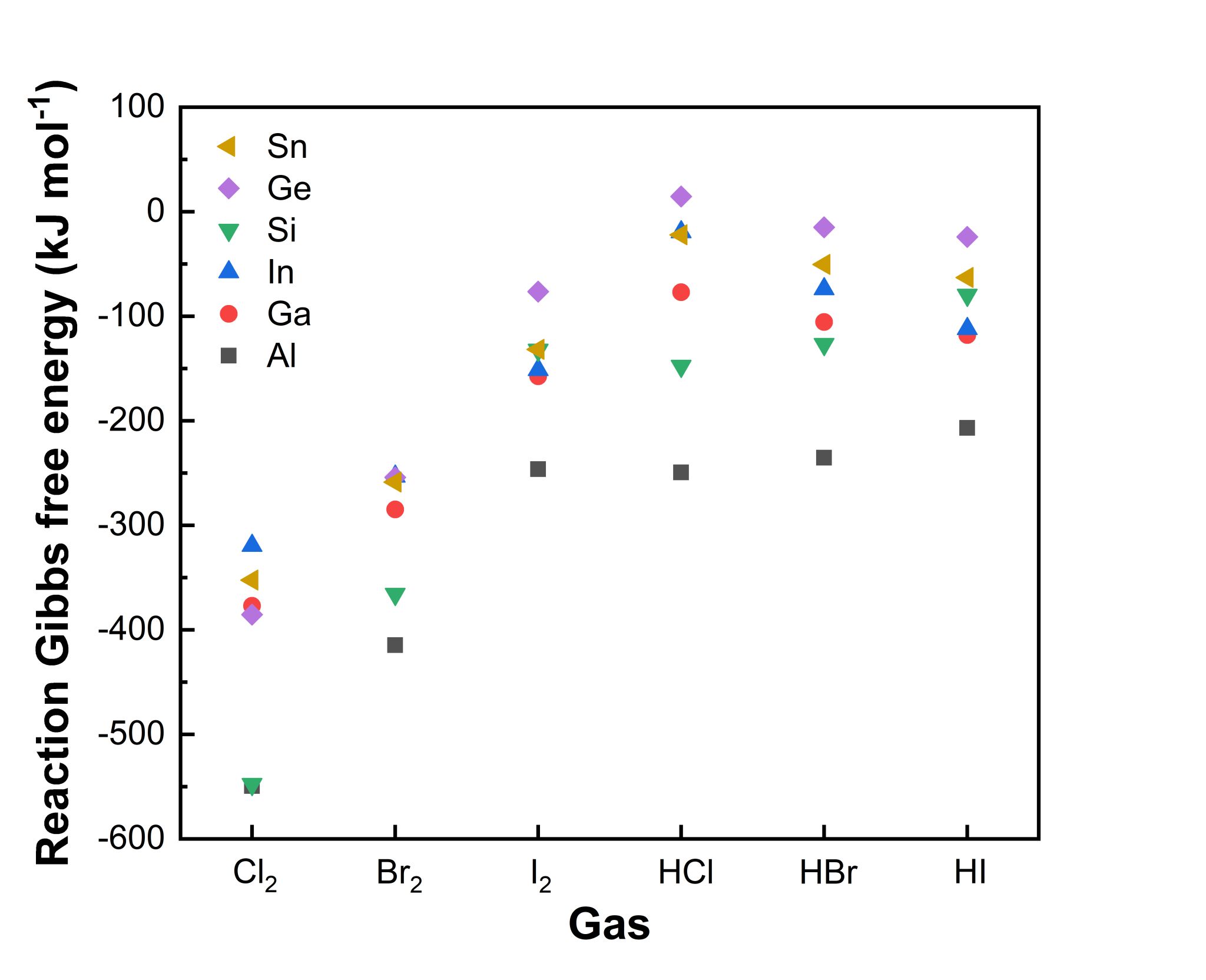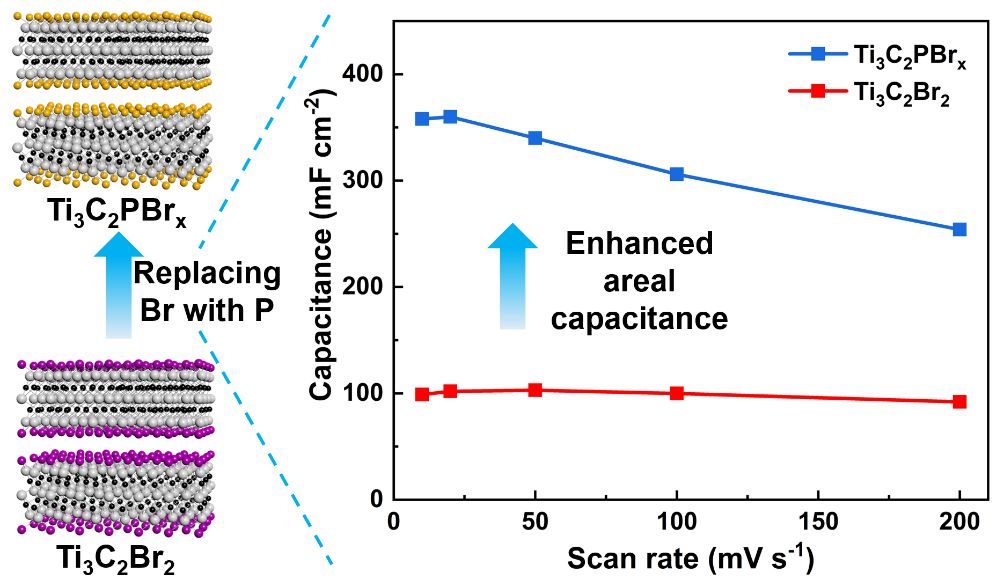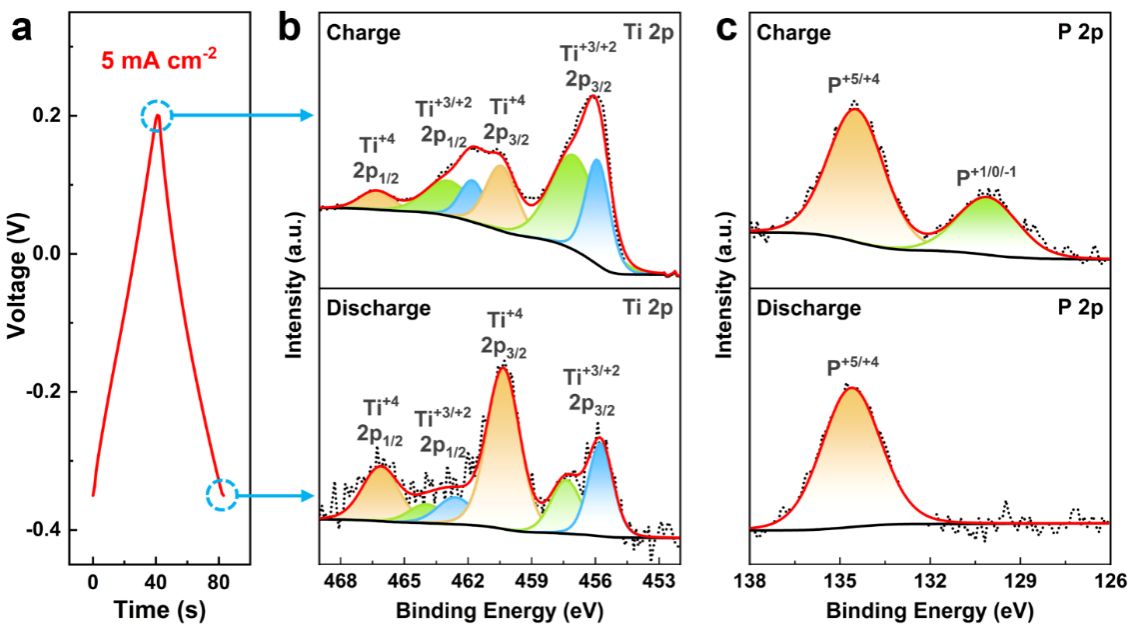天津大学金属功能材料朱胜利研究团队Angew:气相选择性刻蚀制备二维材料MXene以及官能团替换
Recently, the research team led by Professor Shengli Zhu from the Functional Metallic Materials Group at Tianjin University's School of Materials Science and Engineering published two impactful papers. The first, titled "Solvent-free one-step green synthesis of MXenes by 'gas-phase selective etching'", was published in the energy-focused journal Energy Storage Materials. The second, titled "Dual Redox Reaction Sites for Pseudocapacitance Based on Ti and -P Functional Groups of Ti3C2PBrx MXene", appeared in the prestigious chemistry and materials journal Angewandte Chemie International Edition.
These studies highlight groundbreaking advancements in MXene synthesis and pseudocapacitive energy storage mechanisms, showcasing innovative approaches to improving material performance for energy applications.
Two-dimensional transition metal carbides and nitrides (MXenes) have garnered significant attention for their unique electronic properties and wide-ranging applications in energy harvesting. However, current synthesis methods primarily rely on the reaction between fluoride-based aqueous solutions and Al-containing MAX phases, which pose challenges such as environmental concerns and process complexity.
To address these issues, the Functional Metallic Materials Research Team introduced a novel solvent-free, one-step gas-phase dry etching method, termed "gas-phase selective etching" (Figure 1). This method utilizes the strong oxidative capabilities of halogen and hydrogen halide gases (e.g., Cl₂, Br₂, I₂, HCl, HBr, and HI) to etch the A elements (such as Al, Si, Sn) from MAX phases (Figure 2).
The gas-phase etching approach enables the production of MXenes with functional groups induced by specific gases, resulting in pure products. Additionally, MXene powders are directly obtained without the need for removing etchants or byproducts. This process offers an intelligent, cost-effective synthesis strategy with high yields and safety, making it a promising pathway for the large-scale production of MXenes.

Fig.1 Schematic of Gas-Phase Etching of MAX Phases to Prepare MXenes

Fig.2 Gibbs Free Energy of Reactions Between Etching Gases (Cl2, Br2, I2, HCl, HBr, HI) and A Elements (Al, Ga, In, Si, Ge, Sn) at 873 K.
文章链接:https://www.sciencedirect.com/science/article/pii/S2405829724003301
文章DOI号:10.1016/j.ensm.2024.103503
Two-dimensional transition metal carbides (MXenes) with tunable surface functional groups have shown significant potential in supercapacitor applications due to their layered structure and excellent electronic properties. However, the traditional functional groups of titanium carbide-based MXenes (Ti₃C₂), such as -O, -OH, -F, -Cl, -Br, and -I, contribute limited pseudocapacitance. These groups often fail to balance high capacitance with structural stability during cycling, resulting in either low capacitance or high pseudocapacitance with relatively poor cycle stability.
Enhancing the pseudocapacitance contribution from functional groups while improving the structural stability of MXenes is a promising strategy for achieving high capacitance and long cycling stability. Among potential replacements for traditional functional groups, phosphorus (-P) stands out due to its lower electronegativity and ability to exhibit a variety of valence states. These characteristics make it an excellent candidate for improving pseudocapacitance performance and maintaining structural integrity during extensive charge-discharge cycles.

图3 磷官能团替换溴官能团提升MXene电容性能示意图

Fig.4 (a) the CP curve of the Ti3C2PBrx electrode at a current density of 5 mA cm−2, (b) the XPS spectrum of the Ti 2p level after charge and discharge, and (c) the XPS spectrum of the P 2p level.
Building on extensive prior work, the Metal Functional Materials Research Team at Tianjin University developed a two-step gas-phase etching/substitution method to synthesize Ti₃C₂PBrₓ MXene with -P functional groups for supercapacitor applications. As shown in Figure 3, compared to Ti₃C₂Br₂ MXene with -Br functional groups, the multilayer Ti₃C₂PBrₓ MXene with -P functional groups demonstrated enhanced areal capacitance performance. At a scan rate of 20 mV/s, its areal capacitance increased from 102 mF cm⁻² to 360 mF cm⁻², with no decrease in capacitance after 10,000 cycles. XPS analysis of the charged and discharged states (Figure 4) revealed that, in addition to the capacitance contribution from Ti's redox reaction, the increased pseudocapacitance came from the redox reaction of the -P functional group. The bonding between -P and Ti significantly slowed down the oxidation of Ti, and after cycling, Ti₃C₂PBrₓ MXene retained its original crystal structure.
In comparison to traditional functional groups, the -P substitution in MXene effectively achieved a balance between high capacitance and excellent cycling stability. This work provides a new perspective and experimental strategy for the engineering of surface functional groups in two-dimensional materials and their application in energy storage.
文章链接:https://onlinelibrary.wiley.com/doi/10.1002/anie.202403508
文章DOI号:10.1002/anie.202403508